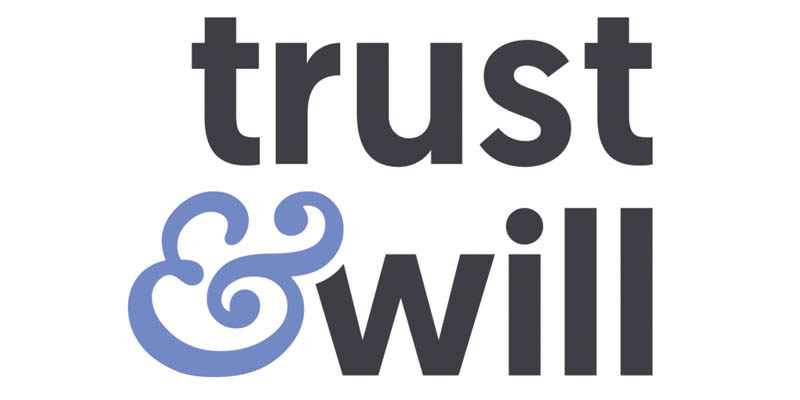
Statistics on customer service show that good customer service can make or break your business. Businesses lose $75 billion annually due to poor customer service. Consumers will change vendors if they have a bad experience. Nearly half of them will switch brands after one negative experience. Your customers will likely fall in love with you if your customer service representative is helpful, friendly, and responsive.
Millennials are a top client base
Customer service statistics show that Millennials will pay 21% more to have a brand that offers excellent service. These customers have different expectations from other generations so customer service has to be adjusted accordingly. Furthermore, 63% of millennials begin their customer service interactions online, and 43% of them prefer to contact a company through their mobile devices. Therefore, it is crucial to design a customer support strategy that addresses their needs.
Millennials value customer service above all others. According to customer service statistics, millennials are willing to pay more for excellent customer service than the Gen X and Baby Boomers. They want to feel that the business cares about their needs. However, it is worth noting that only 4% of millennials actually complain about bad customer service, and 96% choose to stay silent. However, unhappy customers will tell at least nine others about their experience with customer service, while 13% of them will tell more than twenty people.

Companies lose $75 billion each year due to poor customer service
According to a recent report by NewVoiceMedia, poor customer service costs businesses $75 billion a year. This is an increase of $13 billion from the previous year, and it is time for organizations to take action. It is impossible to pinpoint what exactly causes poor customer services, but research indicates that businesses are being affected by their own internal processes, changing consumer expectations, among other things. Organizations are losing money each year because of substandard customer care, no matter what the reason.
Research shows that customers recall bad experiences much more than positive ones. A single bad experience can turn off a customer. Even if customers don't make complaints to companies directly, they will share their dissatisfaction with up to 16 people and possibly turn them away from other companies. Another 51 percent of customers are unlikely to do business again with a company after a negative experience. This is why organizations must make an investment in prevention strategies so that they don't make this costly mistake.
Second most used communication channel is social media
Social media is an excellent tool for customer service. Customers can use it 24/7 to communicate with them. It allows businesses access to customers and answer any questions quickly. It also allows businesses to reach a worldwide audience. However, it is important to know how to use social media properly to ensure your customers are satisfied.
Telephone calls were, historically speaking, the fastest way for customers to get their issues resolved. It was also faster than the postal mail. Social media has allowed customers to interact with each other on a personal level. Real-time communication can be a key factor in increasing sales and gaining customers. A company that responds quickly to social media users will see a 3 to 20 percent increase in sales per interaction.

Poor customer service is most important to millennials
According to a recent study, millennials are more forgiving of bad customer service than older generations. 39% of millennials will return to a company if they have had bad customer service. However, only 23% would consider repeating the same negative experience with an older customer. If millennials are to keep their businesses, they must improve customer service.
Although millennials have been a popular target market for many years, the generation has its downsides. They are notoriously sensitive to poor service. As a result, many companies are trying to reach this generation.